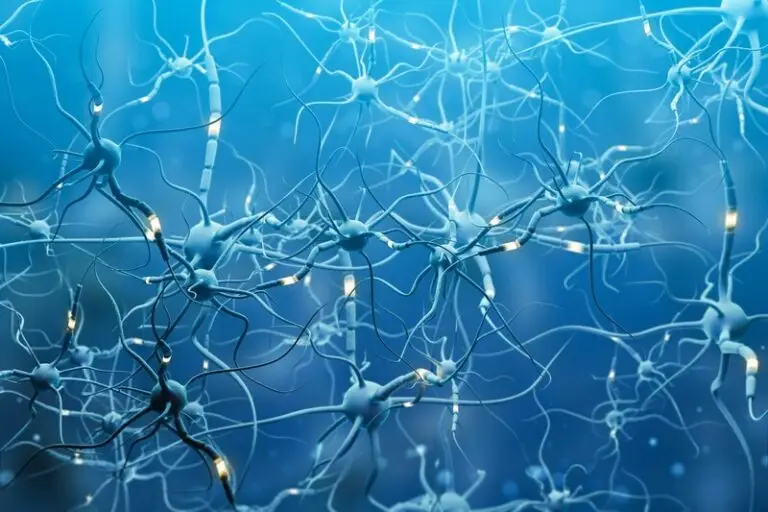Neuroplasticity Explained: Why Beginners Should Stick with Meditation
Introduction
When you first begin meditation, it can feel frustrating — restless thoughts, wandering attention, or the sense that “nothing is happening.” But beneath the surface, something extraordinary is taking place: your brain is rewiring itself through neuroplasticity.
👉 Curious to experience this shift? Try our beginner-friendly Meditation Course.
What is Neuroplasticity?
- Definition: the brain’s ability to form new neural connections.
- Every thought, habit, and emotion strengthens pathways.
- Meditation provides positive, intentional rewiring.
How Meditation Builds New Pathways
- Focus on breath strengthens attention circuits.
- Regular practice increases grey matter in the hippocampus.
- Reduces reactivity in the amygdala.
Why Beginners Should Persist
- Changes take weeks, not days — stick with it.
- Even 10 minutes daily creates measurable results.
- Early struggles are signs of the brain adapting.
Practical Tips to Support Neuroplasticity
- Meditate at the same time daily.
- Pair practice with journalling to reinforce new insights.
- Celebrate small wins — progress compounds.
Conclusion
Meditation isn’t about instant calm — it’s about training the brain. Thanks to neuroplasticity, every practice session strengthens the mind in ways you may not notice immediately, but that last a lifetime.
👉 Ready to begin? Explore our Meditation and Mindfulness Courses.
Additional Resources
Why not treat yourself to a Meditation Retreat in the beautiful Devon Countryside?
This post may also interest you: Top 5 Common Meditation Challenges and How To Overcome Them
Research that may interest you: Adult Neuroplasticity: More Than 40 Years of Research
Best Wishes,
David.
© D. R. Durham, All rights reserved, 2025.




